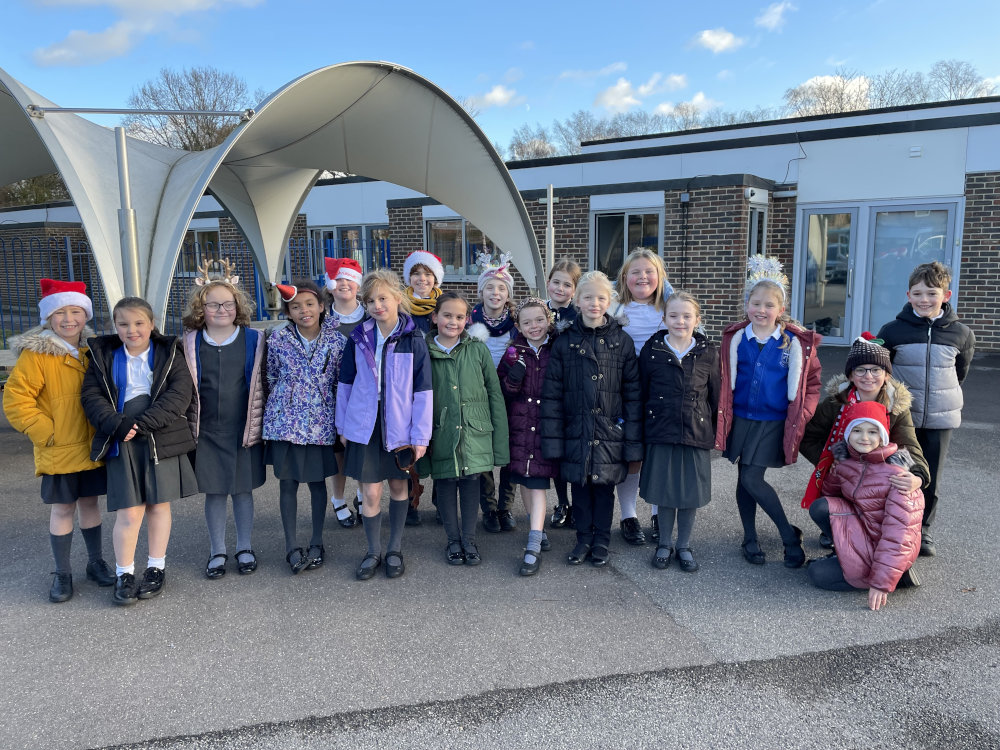My Music Heartbeat
Social Question: How Can We Make Friends When We Sing Together?
Every piece of music has a heartbeat - a musical heartbeat. In music, we call it the 'pulse' or the 'beat' of the music. When you are listening and singing to the music and songs in this Unit, try to find and keep the pulse or steady beat together. You might march, clap or sway in time - find a movement that helps you to keep the beat
Dance, Sing and Play!
Social Question: How Does Music Tell Stories About the Past?
Music is made up of long and short sounds called ‘rhythm’ and high and low sounds that we call ‘pitch’. As you dance, sing, and play instruments with the music in this unit, explore these sounds and how they work together.
Exploring Sounds
Social Question: How Does Music Make the World a Better Place?
Music is made up of high and low sounds, long and short sounds, and loud and quiet sounds. Explore these sounds and create your own very simple melodies.
Learning to Listen
Social Question: How Does Music Help Us to Understand Our Neighbours?
Listening is very important. You can listen with your eyes and ears and you can also feel sound in your body. What can you hear in this unit?
Having Fun with Improvisation
Social Question: What Songs Can We Sing to Help Us Through the Day?
Improvising is fun! It’s an exciting activity where everyone is creating something new. It can be a melody or a rhythm. When you improvise, you can do it on your own or in groups.
Let's Perform Together!
Social Question: How Does Music Teach Us About Looking After Our Planet?
Singing, dancing and playing together is called ‘performing’. Performing together is great fun! Plan a concert together to celebrate all the songs you have learnt this year




